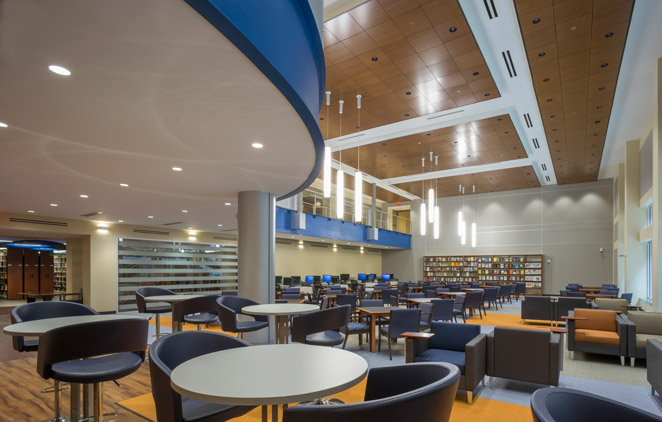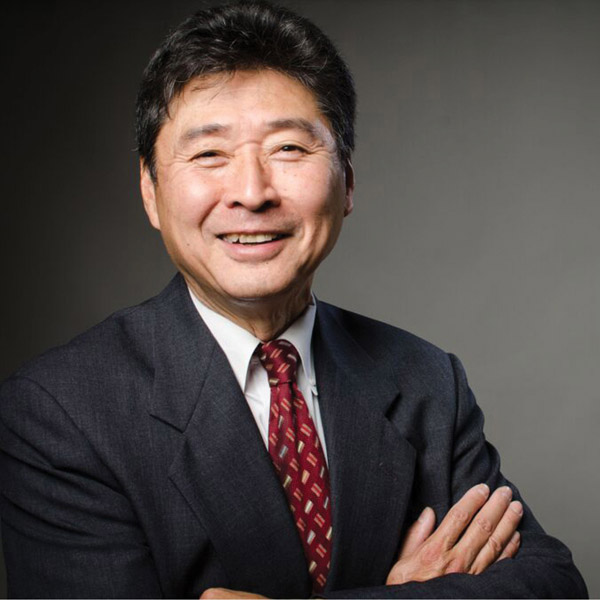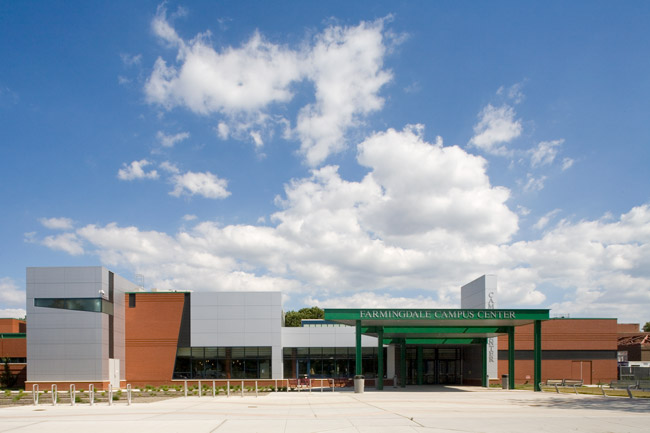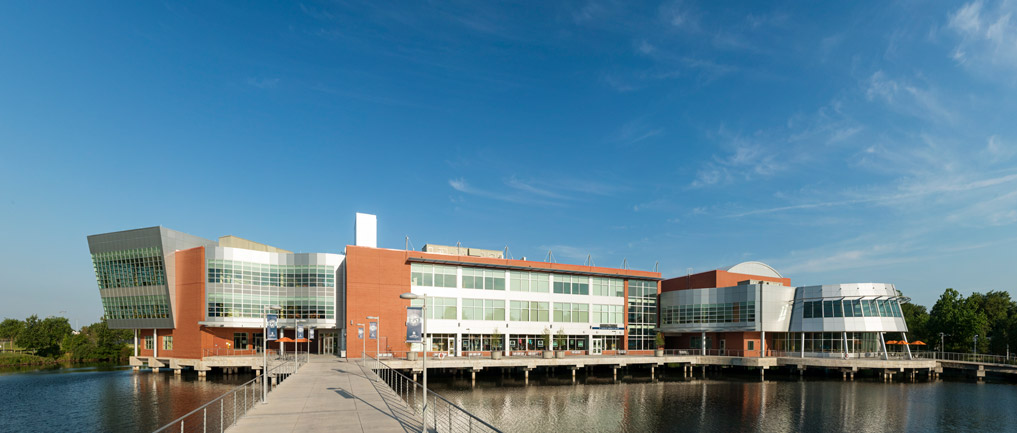by: AIA New York Chapter
Kevin Hom, FAIA, LEED AP, President, Kevin Hom Architects, has reinvented the architecture program at CUNY’s School of Technology and Design, where he serves as Dean, developing a dynamic, sustainability-focused and technology-based model for preparing disadvantaged students to enter and bring diversity to the profession. Appointed Dean of the School in 2011, Hom has, in just five years, effected sweeping changes that have turned the School into an incubator and catalyst for new approaches to architectural education and for increased diversity in the profession.
The 2017 Jury of Fellows of the AIA elevated Hom to its prestigious College of Fellows in the second category of Fellowship, which recognizes architects who have “Advanced the science and art of planning and building by advancing the standards of architectural education, training or practice,” according to the AIA’s definition of Fellowship. Now among the AIA membership’s three percent distinguished with Fellowship and honorary Fellowship, Hom was honored at the New Fellows Reception hosted by AIA New York last month and will also be recognized at an investiture ceremony at the AIA Conference on Architecture 2017 later this month in Orlando.
Q: What is your earliest memory of experiencing architecture?
A: My earliest memory of experiencing architecture was also a career altering experience for me. In my final semester as an electrical engineering major at Columbia University I enrolled in an evening class entitled 20th Century Modern Architecture taught by Eugene Santomasso who had received his doctorate at Yale studying under Vincent Scully. I remember sitting in a darkened classroom watching slides and being introduced by the spellbinding lectures of Professor Santomasso to architects whose names were unknown to me but whose work ignited a passion for design and creativity which would become a driving force in my life. After graduation, I left engineering behind for good and became an architect.
Q: What is your proudest achievement, as an architect, or your favorite project you’ve worked on?
A: I have the greatest pride and satisfaction when my building designs not only provide creative and effective solutions but when they also impact the communities they serve in valuable and constructive ways. A prime example of this is the campus-wide impact of the design of the Virginia Beach Student Center on the campus of Tidewater Community College in Virginia Beach, Virginia. The campus was composed of a ring of buildings and parking lots surrounding an artificial lake. To get to their classes, most students drove from lot to lot which seriously compromised the sense of campus community. I designed a building that “floated” in the center of the lake connected to the shore by a series of bridges. This created a hub and spoke pedestrian connection among the existing campus buildings and the center has become a unifying force for campus life.
Q: Who do you most admire?
A: There are several inspiring architects whose work and careers I admire. On a historical level, I admire Antonio Gaudi for his imagination, devotion to design, and commitment to his faith and his client’s goals. His ability to engineer remarkable structures without the support of computational devices has always left me in awe of his genius. I was fortunate to study under AIA Gold Medalist Romaldo Giurgola for three years at Columbia University. It is Giurgola’s design philosophy and his sensitivity to the built environment that has had a lasting impact on my design methodology and approach. IM Pei, my first employer, provided a unique role model to me as a young Asian-American architect and his standard of professional excellence has left an enduring impression.
Q: What are you working on right now?
A: At the Fordham University campus at Lincoln Center my firm recently completed the design and construction of an enlarged undergraduate and graduate School of Business, a new central library, and a student affairs center. Right now, as Dean of the School of Technology and Design at the CUNY College of Technology, I am immersed in developing a five-year accredited Bachelor of Architecture degree program. The goal is to elevate the current the four-year program to provide more competitive access to the profession for our graduates most of whom are from disadvantaged inner city backgrounds and the first in their families to attend college.
Q: What does being a Fellow mean to you?
A: Being elevated to the College of Fellows has given me the opportunity to look back at the career that I have been fortunate to have. It has allowed me to better appreciate the unique opportunities I have had as a professional and the remarkable relationships and friendships that I have formed during my practice. It has reminded me of why I became an architect and allowed me to better articulate to my students and colleagues the rewards that our profession can provide.
Editors’ Note: This feature is part of a series celebrating the 18 members of the American Institute of Architects (AIA) New York Chapter that have been elevated to the prestigious AIA College of Fellows in 2017, an honor awarded to members who have made significant contributions to both the profession and society. Learn more about Fellowship here.













